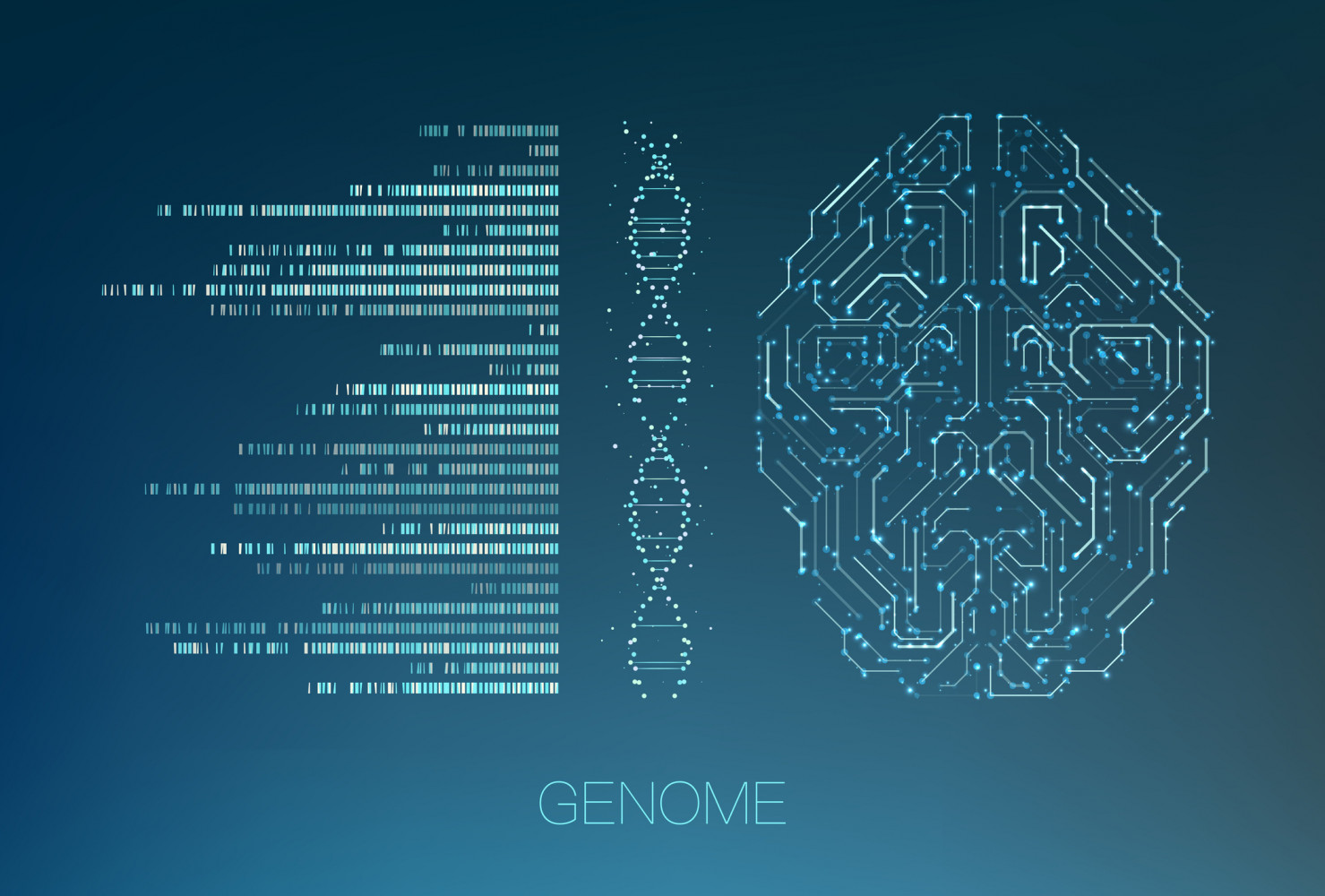20 Sep 2020
Revolutionising Public Health Through Genomics
Sequencing the entire genetic content of organisms has transformed public health microbiology and given researchers powerful tools to improve health globally.
“Techniques that have been in labs for nearly one hundred years have now been superseded by genomics,” explains University of Melbourne Professor Deborah Williamson and Director of Clinical Microbiology, The Royal Melbourne Hospital at the Doherty Institute.
“It’s also a massive shift for the people we generate the information for, such as epidemiologists, as it means they now have unprecedented insights into how outbreaks emerge and spread, which can help enormously in outbreak investigations.”
A genome is the complete genetic content of an organism. Using cutting edge sequencing technologies and analyses of all the biological data, it has become easier, quicker and cheaper to sequence organisms.
University of Melbourne Professors Tim Stinear, Ben Howden, Deborah Williamson and Associate Professor Torsten Seemann at the Doherty Institute have led translational research to bring genomics into the clinical and public health microbiology interface.
This approach was employed when the Victorian Department of Health and Human Services asked the Microbiological Diagnostic Unit Public Health Laboratory (MDU) at the Doherty Institute to search for any contamination of a specific type of hospital equipment with a bacterium called Mycobacterium chimaera.
As part of a global investigation of heater/cooler machines used in cardiac surgery, MDU staff investigated whether machines in Victoria were contaminated with Mycobacterium chimaera and if so, whether the strains (also known as isolates) were the same as those found nationally and internationally.
“We were sent isolates from all over Australia, and thanks to our high throughput sequencing and working with Professor Stinear, an expert in mycobacterial genomics, we were able to rapidly determine that they were all the same,” says Professor Williamson.
“The Centers for Diseases Control in the US had also detected the bacteria in Pittsburgh and we soon determined that the Australian isolates were also genetically identical. This wasn’t just a national outbreak we were dealing with; it was a global outbreak.
“It changed the way we thought about that outbreak, as we knew definitively it was a point source outbreak.”

Another significant impact genomic technology has had on public health in Victoria in the last two years is in tracking tuberculosis. This work brings together several departments across the Doherty Institute.
“We meet with staff from these departments once a month to talk about the results. It is a great model for how laboratories, those involved in public health policy and practice, and clinicians can work together to prevent and control infectious diseases,” says Professor Williamson.
In 2015, MDU established the Communicable Diseases Genomics Network in Australia, which aims to ensure equity in the sharing of expertise and capabilities across different jurisdictions, recognising that some are better resourced that others.
This article was first published in the Celebrating five years of the Doherty Institute Impact Report.


